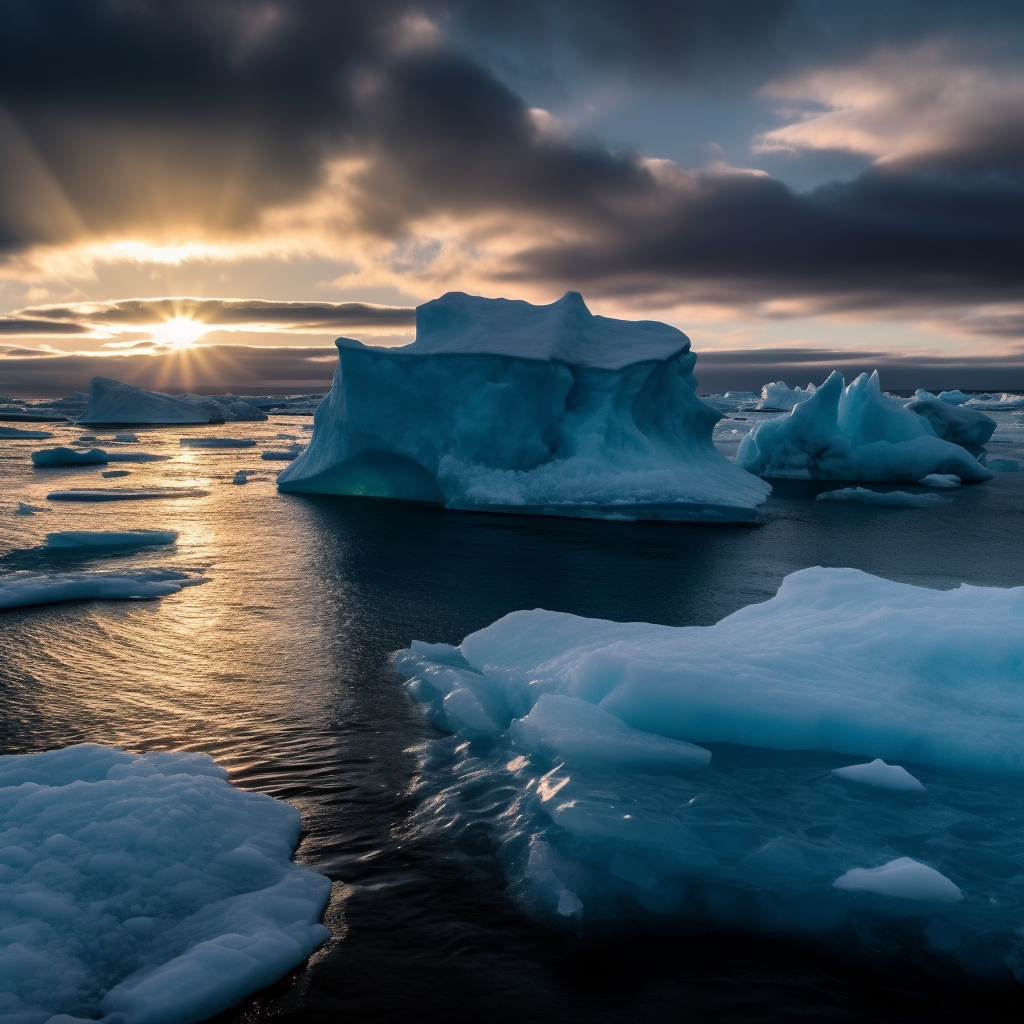June 17, 2024
WMO Intensifies Efforts to Combat Climate Change Impact on the Cryosphere
Book a Demo
The World Meteorological Organization (WMO) has voiced its commitment to intensify its efforts in monitoring, advocacy, and collaboration regarding the cryosphere due to the significant impact of climate change on ice, snow, and permafrost. The cryosphere is undergoing rapid changes, including thawing permafrost, reduced snow cover, melting glaciers, declining sea ice, and the melting of polar ice sheets and ice shelves. These changes pose global risks that demand immediate attention.
There exists, however, a significant gap in weather observations. This gap is especially notable in Polar and high mountain regions, thus hindering effective monitoring of these rapid changes. This lack of data is a significant obstacle to understanding and mitigating the impacts of climate change on these fragile ecosystems.
Changes in the cryosphere have far-reaching global impacts. Vulnerable communities in low latitudes are particularly at risk, facing rising sea levels that necessitate strengthened coastal barriers and, in extreme cases, forced relocations. These situations underscore the urgent need for increased monitoring and advocacy in the cryosphere.
In response to these challenges, the WMO Executive Council has adopted high-level ambitions geared towards promoting resilience to cryospheric changes. There is a clear focus on encouraging global collaboration, ensuring data and knowledge accessibility, and promoting increased understanding and action. The Council recognizes the need for collective action and collaboration to mitigate these changes effectively.
Moreover, the Council also emphasized the importance of mitigating climate change to avoid devastating impacts on the cryosphere. There is a strong commitment to strengthening the WMO’s engagement on the Antarctic region, an area experiencing rapid changes due to rising global temperatures.
Despite the cryosphere primarily being in mid and high latitude regions and high mountains, it has global implications. Changes in the cryosphere pose risks like sea level rise, alterations in hydrological and ecological regimes, and reinforced global warming. The impacts of these changes are felt worldwide, underlining the global nature of this crisis.
To address these challenges, the Executive Council has agreed to increase engagement and coordination in Antarctica. They are calling for improved and sustained data availability from the region to support better global climate model predictions and weather forecasts. This increased engagement will enhance our understanding of the Antarctic region’s changing climate and inform global efforts to mitigate the impacts of climate change on the cryosphere. This initiative by the WMO represents a significant step forward in global efforts to address the impacts of climate change on our planet’s most vulnerable regions.
Science4Data is committed to cut through greenwashing and measure real impact. Join the journey to a sustainable future. Your actions matter.



